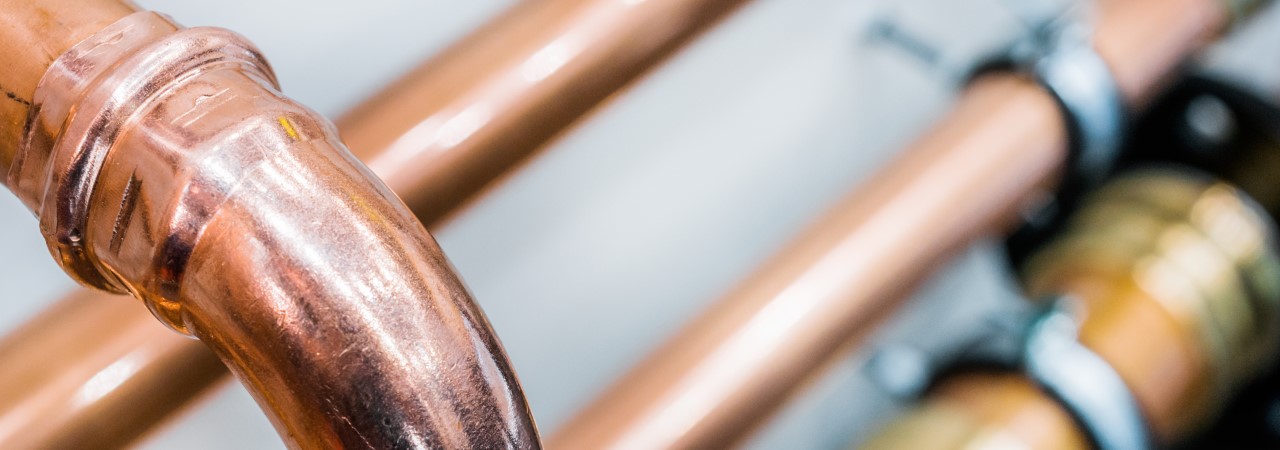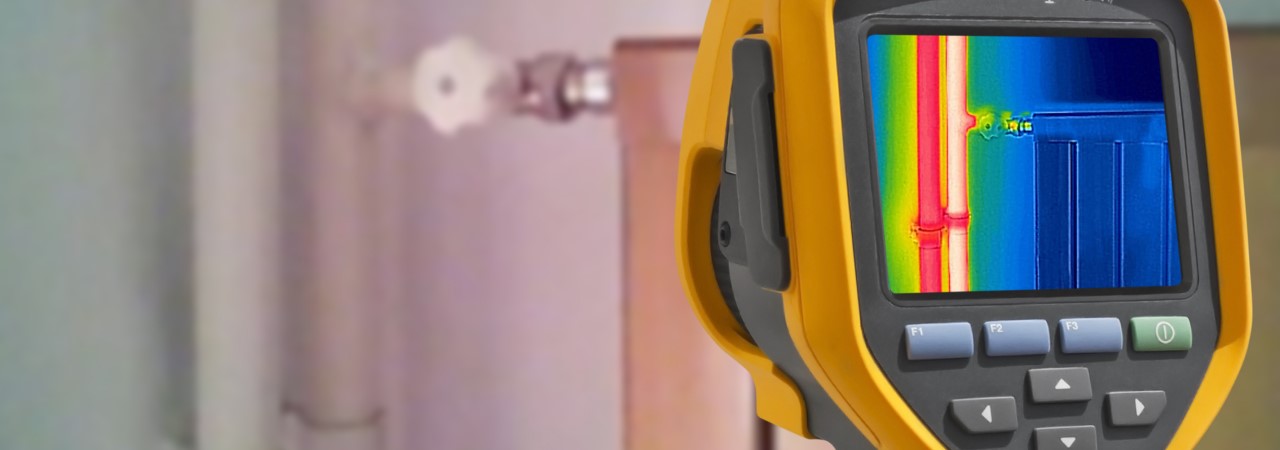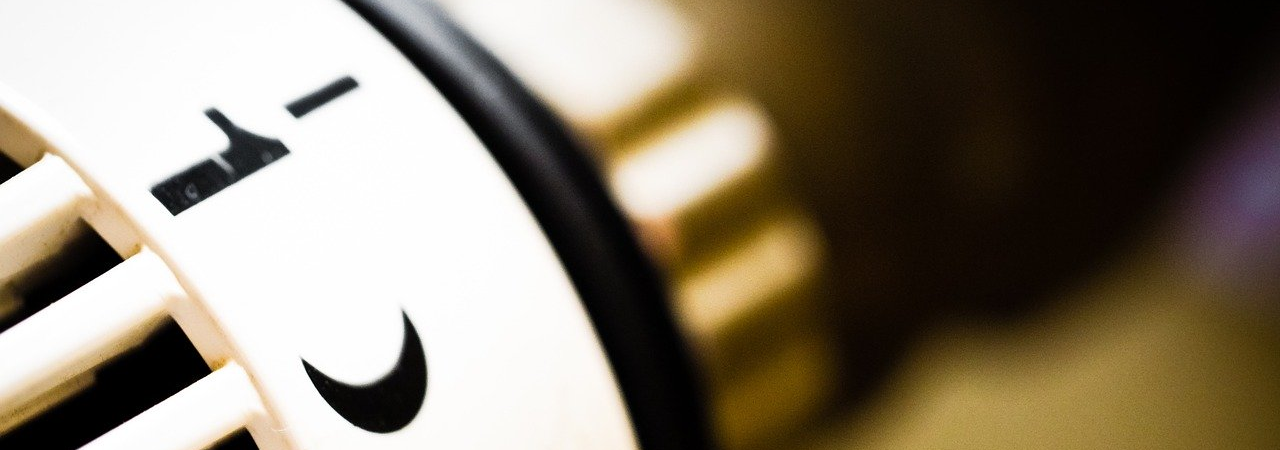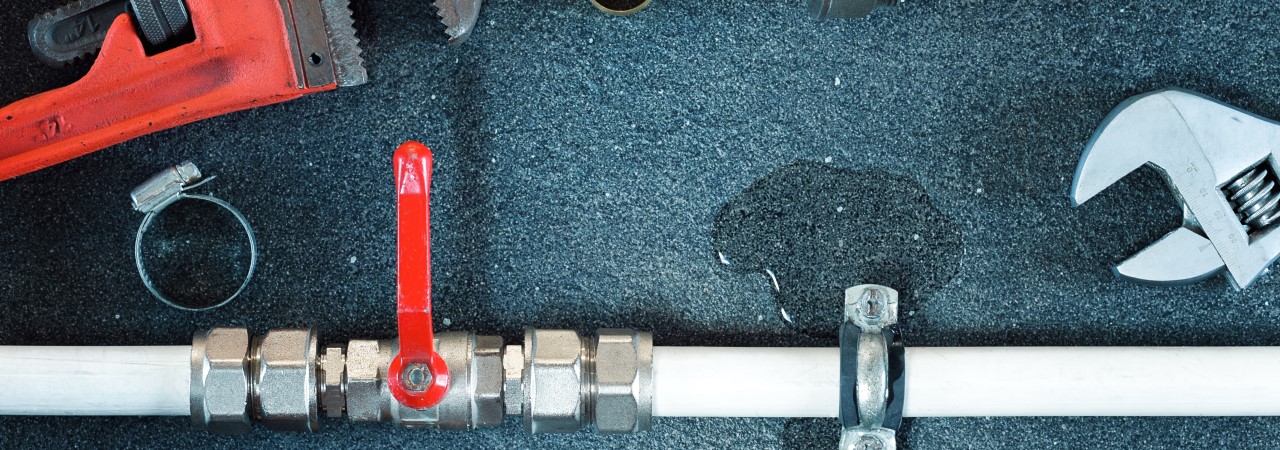Five Subtle Signs of a Water Leak in your Home
When we think about water leaks (and we appreciate these might not be the most exciting thoughts!), we often think about the more obvious signs of a water leak. For example, damp patches on the walls, damp flooring, sagging ceilings, or a visible escape of water. But many water leaks are ‘sneakier’ and don’t produce such obvious symptoms. In this article we look at five less obvious signs of a water leak to watch out for.
A Recurring Drop in Boiler Pressure
Unless there’s a noticeable problem with our heating or hot water, it’s not often that we think to check our boiler pressure. But it’s worth doing from time to time. Whilst recurring drops in boiler or water pressure could be the result of other problems, they are often associated with a central heating leak.
Locating central heating leaks can be tricky as much of the system is hidden away behind walls and underneath floors. But there are non-invasive water leak detection techniques available, for example gas tracing that can accurately pinpoint the source of a central heating leak.
Unusually High-Water Bills
Even relatively small water leaks can have a noticeable effect on your water bill. A leak that drips every second soon adds up to a substantial amount of water. If your water bills have peaked and you’re not sure why, consider turning off all appliances and seeing if your meter continues to tick over. If it does, there’s a fair chance you have a water leak.
Musty Smells and Odours
Over time water causes mould and mildew to form on surfaces, but these surfaces may be hidden away and go unnoticed. Instead, what you may notice is a damp or musty smell in certain rooms. If this persists then it’s well worth further investigation as mould and mildew can pose a health hazard to those within your home.
Warped Wallpaper
Whilst our finely decorated walls won’t look brand new forever, localised warping of wallpaper or discolouration of paint can indicate damp in the underlying wall. This could be a sign of a substantial water leak as it means that water has been absorbed by the wall to the point of saturation and is now spreading to the layer above. Again, there are non-invasive detection methods, such as thermal imaging that can quickly and accurately locate the source of such water leaks.
Unusual Noises
When our central heating, appliances or bathrooms are in use then we might expect a little noise from our water systems. But strange, unexpected noises, particularly when your system isn’t in use are a cause for concern. This can be a sign of corroded pipes or fittings that aren’t secure. It’s best to investigate these quickly as you might be able to catch them before major damage is done.
Our Best Advice
Act quickly! It’s obviously tempting to postpone investigating a potential water leak, particularly if you can’t see any obvious symptoms. But just because the symptoms aren’t obvious, does not mean the water leak is not there. Water leaks (particularly hidden ones) can cause a lot more damage than you might assume, and this can happen quickly. If you do have a water leak and subsequently make an insurance claim, then you will need to demonstrate that you acted quickly to avoid your claim being queried or refused.
Related reading:
We hope that you have found this article useful. Be sure to take a look at the related articles below, which go into a little more depth around key topics:
- An overview of water leak detection
- Ceiling leaks – more damage than you can see?
- Claiming on house insurance for water leak

 Pinpoint Trace and Access Ltd.
Pinpoint Trace and Access Ltd. Pinpoint Trace and Access Ltd.
Pinpoint Trace and Access Ltd. Pinpoint Trace and Access Ltd.
Pinpoint Trace and Access Ltd. Pinpoint Trace and Access Ltd.
Pinpoint Trace and Access Ltd. Pinpoint Trace and Access Ltd.
Pinpoint Trace and Access Ltd. Pinpoint Trace and Access Ltd.
Pinpoint Trace and Access Ltd.